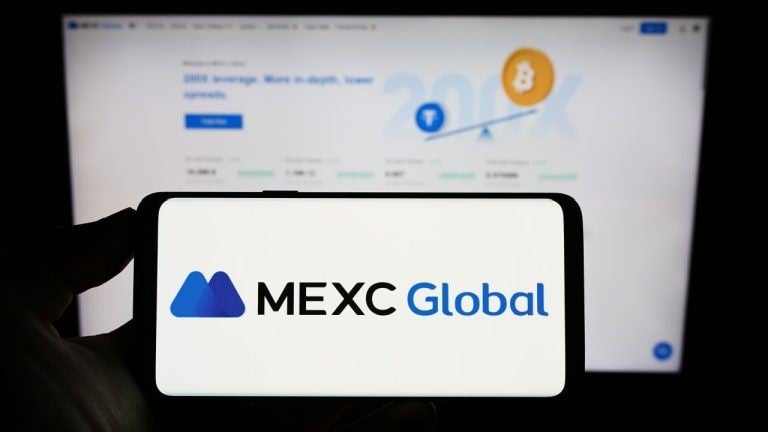
Crypto is now integral to investors’ wealth strategy, says EY executive
Key Takeaways
- Over 70% of crypto investors view digital assets as key to wealth building.
- 64% of retail investors are in digital assets, with 69% planning to increase holdings.
Share this article
Over 70% of crypto investors consider this asset class as a key component of their wealth-building strategy, according to an EY-Parthenon survey. Prashant Kher, Digital Assets Strategy and Transactions Leader at EY, shared with Crypto Briefing that this is an important indicator of the blockchain industry’s evolution.
“It’s really just showing what might have been looked at as experimentation and just assets to play with on the side are now being considered holistically by these retail investors as part of their total wealth strategy or wealth picture,” he added.
Moreover, Kher highlighted that the survey found that emerging use cases beyond simply trading have grown over the past couple of years, such as payments. Between 2022 and 2024, retail participants in the survey shared an increase of 6% in crypto usage for payments, with 29% of them reporting this use case.
Notably, the percentage of accredited investors is even larger, as 69% declared to have used crypto for payments one or more times in the past 12 months. “I think there’s a growing narrative around how you can pay quicker, pay smaller amounts, and maybe pay cross border cutting transaction times,” said Kher.
ETFs and RWA boost adoption
The survey also found that 64% of retail investors are already investing in digital assets, and another 69% are planning to increase their investment within the next two to three years. Since the survey was conducted in March this year, spot Bitcoin exchange-traded funds (ETFs) have already been approved in the US.
Moreover, other regions were also approving their crypto ETFs or in the process of doing so, such as Hong Kong, Australia, and the UK. These movements contributed to the high percentage of investors who answered positively to have invested in crypto, said Kher.
The Digital Assets Strategy and Transactions Leader at EY explained that investors have attentively been watching the crypto market since 2012, seeing many crashes and upward parabolic movements in the process.
Therefore, the possibility of investing through an ETF and the potential positive impacts these investment vehicles could have are key to rising adoption.
“I think the offering of exposure to this asset class through a registered vehicle, through basically a fund that’s managed by an asset manager that’s known and trusted to many of these individuals, just adds a level of trust and accessibility for these retail investors.”
Furthermore, 63% of accredited investors are interested in investing in tokenized real-world assets (RWA), and 88% of them plan to have invested by 2027.
Kher believes that this also contributes to the onboarding of new investors into the crypto market.
“There’s a growing narrative separate from crypto, with retail investors and high net worth investors really wanting access to alternatives. And many investors might see tokenization as a route to that.”
He adds that the next iteration of assets could rely on tokenization where tokens hold a basket of other tokens, so investors can access multiple alternatives with just one digital asset. Additionally, Kher finds that this brings quicker accessibility to fractionalize and the ability to hyper-personalize some of these products.
DeFi usage is growing
The growth in usages other than trading wasn’t observed only in the use case related to payments, but also in the interactions with decentralized finance (DeFi) applications. Notably, the usage of staking grew 16% since 2022, while interactions with DeFi platforms went up by 11% in the same period.
Kher noted that The Merge on Ethereum, which transitioned the network to a proof of stake consensus model, is the major factor behind the rising popularity of staking.
“Once that happened, the concept of staking came front and center and people were really looking at it. I think that might have been a big, big narrative behind it.”
Moreover, the possibility of long-term holders accruing value from their crypto holdings is also another attractive factor tied to staking. “I think that’s where some of that narrative and some of that growth is really coming into play,” Kher concluded.
Share this article
Go to Source
Author: Gino Matos









